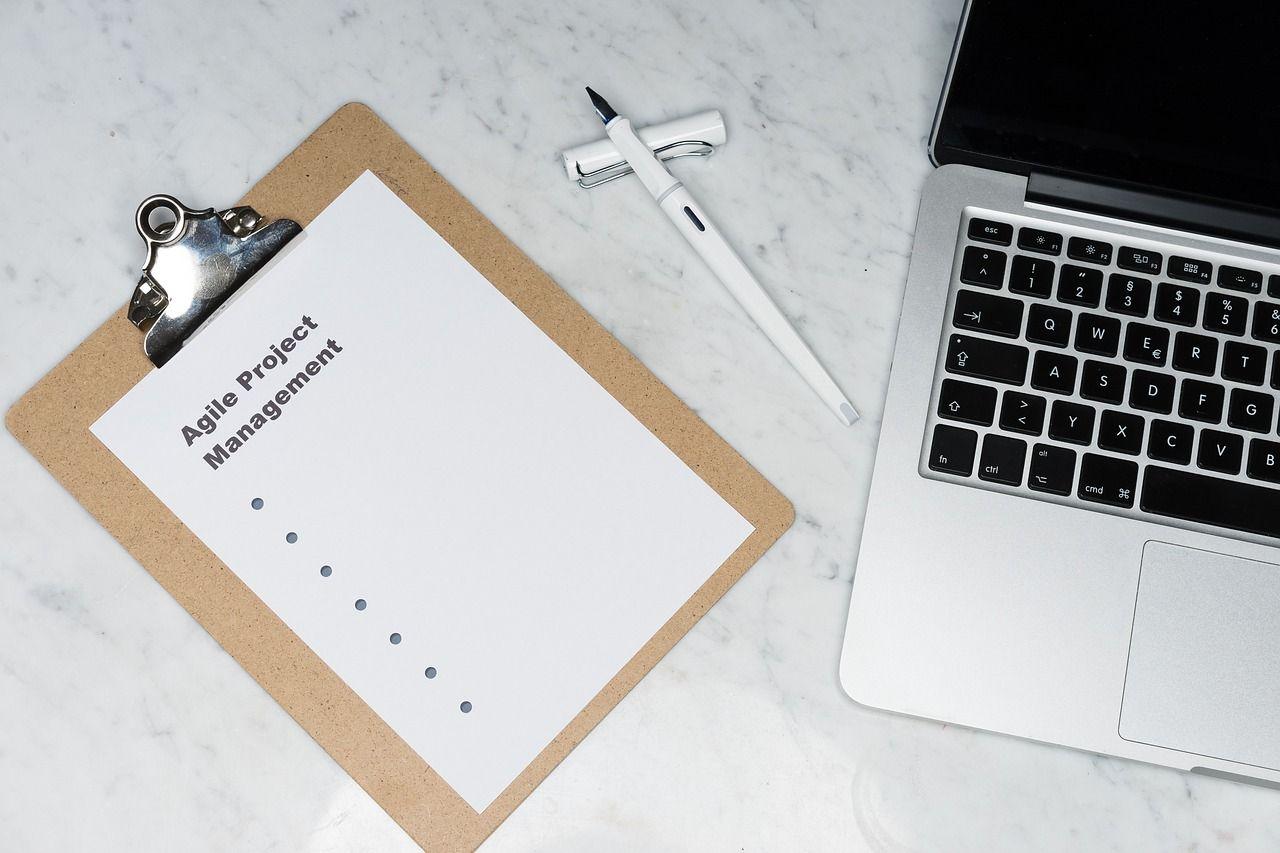您不能使用VPN进行网上银行

LIKE.TG 成立于2020年,总部位于马来西亚,是首家汇集全球互联网产品,提供一站式软件产品解决方案的综合性品牌。唯一官方网站:www.like.tg
如果您搜索一下谷歌,您会发现很多用户在使用VPN时无法连接到自己的在线银行的故事。这导致了一种错误的观念,即银行不喜欢VPN,因为它们会尝试通过欺诈预防措施来阻止VPN。
为什么银行不喜欢VPN?
这只是不正确的观念。一些机构,如美国银行,甚至鼓励用户在使用该平台时通过VPN进行连接。请咨询您的金融机构了解他们对VPN的政策。
网上银行安全吗?
虽然每次需要取款时亲自去银行可能最安全,但这并不是很方便。然而,仅在2023年,就发现了10种针对安卓智能手机上的985个在线银行应用程序的恶意软件。桌面用户也可能通过“钓鱼”电子邮件成为目标,诱使他们登录到银行网站的假版本上。犯罪分子随后可以窃取您的登录数据并窃取您的账户。
银行能检测到我的VPN吗?
网上银行采用了多种欺诈预防措施。如果您通过VPN服务器连接到银行服务,这可能会导致新地点的登录尝试,从而触发安全警报。一些“免费”VPN服务也受到犯罪分子的欢迎,因此如果被检测到,可能会自动被阻止。
使用VPN进行网上银行安全吗?
如果您的银行知道您将通过VPN访问他们的平台,就不太可能被阻止。您可以通过始终通过相同的VPN服务器连接来帮助银行知道您的IP地址,以便进行授权。
使用VPN进行网上银行是否可取?
当您通过像hide.me这样可靠的服务连接到VPN服务器时,设备与VPN服务器之间的所有流量都会被加密。这意味着在公共WiFi上监视您的连接的任何人都无法知道您连接到哪个银行网站,也无法看到您正在登录。
使用VPN进行网上银行更安全吗?
除了加密您的流量外,通过VPN服务器连接到银行还会隐藏设备的真实IP地址。这使得监视您的ISP记录的不良行为者很难准确知道您何时以及在哪里连接到银行。
如果没有VPN,网上银行是否安全?
所有现代银行都会通过SSL/TLS保护您与其平台的连接。这意味着在登录时,用户名和密码等关键信息将保持加密。对于窃听您的连接的人来说,几乎不可能解密您的流量,以查看诸如账户余额之类的信息。
但是,如果没有VPN,他们将能够知道您的银行名称、您登录的时间以及设备的大致位置。
在使用VPN的情况下,在公共WiFi上进行网上银行是否安全?
公共WiFi网络(无论其是否由密码保护)对于网上银行来说都是不安全的。使用公共无线网络会使您容易受到数据包嗅探和中间人攻击(MITM)的攻击。黑客有时会故意创建“诱饵”WiFi热点,以欺骗人们连接并窃取诸如银行详细信息之类的信息。使用VPN会加密流经公共WiFi网络的流量,因此可以减少此风险。
VPN可以获取您的银行详细信息吗?
由于您与在线银行的登录会话是通过SSL/TLS进行安全,因此您的VPN提供商无法解密经VPN服务器传输到您设备的密码或其他个人财务信息。
在国外使用VPN进行网上银行是否可行?
如果您在国外使用VPN访问在线银行,请尽量使用与您在家中使用的相同服务器连接到平台。(理想情况下,这将是您所在国家的服务器,因为这样更不容易触发安全警报)。确保告知您的银行您将在旅行期间通过VPN进行连接。
在什么情况下VPN无法帮助?
使用VPN本身不能保护您免受钓鱼或“smishing”攻击,犯罪分子会冒充您的银行并试图诱使您提供登录信息。如果您收到任何金融机构的电子邮件或短信,请务必致电您的银行对账单或卡上的号码进行验证。
银行永远不会要求您提供密码或要求您将资金转入其他账户以预防欺诈。
VPN可以保护我免受银行恶意软件的攻击吗?
像hide.me这样的顶级VPN服务使用自我管理的DNS服务器。这意味着当用户连接到VPN服务器并访问诸如银行之类的网站时,提供商不会将广告或赞助内容注入其流量,这些内容有时可能指向恶意软件。
像hide.me自己的SmartGuard这样的安全DNS服务还可以自动过滤已知的恶意域名。
使用VPN进行网上银行有什么不利因素吗?
使用VPN会使您的连接速度变慢。如果您通过与任何形式的犯罪活动相关联的VPN服务器进行连接,您的银行可能会阻止来自该IP地址的任何连接。即使允许VPN连接,您可能需要每次通过双重认证(Two Factor Authentication)确认登录。
更多保护网上银行交易的方法
使用VPN是在保护网上银行隐私方面的一个很好的方法,但始终应与其他安全措施结合使用。请确保使用强密码,难以猜测。(请随时使用hide.me提供的随机密码生成器进行密码设置)。
如果您的银行支持,您还应始终设置双因素认证(Two-factor authentication)。这意味着每次您从新的地点或设备连接时,您将需要输入一个6位数代码(由专用应用程序或短信提供),以及您的密码进行登录。
如果您担心恶意软件,可以考虑通过像Brave或Vivaldi这样的安全浏览器进行网上银行,这些浏览器包含了阻止广告和潜在有害网站的代码。
我可以使用“免费”VPN进行网上银行吗?
运行VPN服务是很昂贵的,因此您应始终对声称向所有客户提供“免费”服务的提供商持怀疑态度。大多数提供商不得不通过向第三方出售客户数据(其中可能包括您的网上银行信息)来支付费用。其他提供商通过广告来维持自己,这有时可能导致恶意域名。不要冒任何风险,使用像hide.me这样可靠的VPN服务。
哪种类型的VPN对于网上银行最好?
请与您选择的VPN服务提供商确认他们使用强大的协议(如OpenVPN或Wireguard)来加密您的在线流量,以确保您安全连接到银行。
理想情况下,找到一个像hide.me这样的VPN服务,它还可以让您轻松连接到每个位置的相同服务器,这样您就可以向银行提供其IP地址。这应该可以防止您在连接时看到任何错误消息。

想要了解更多内容,可以关注【LIKE.TG】,获取最新的行业动态和策略。我们致力于为全球出海企业提供有关的私域营销获客、国际电商、全球客服、金融支持等最新资讯和实用工具。住宅静态/动态IP,3500w干净IP池提取,免费测试【IP质量、号段筛选】等资源!点击【联系客服】
本文由LIKE.TG编辑部转载自互联网并编辑,如有侵权影响,请联系官方客服,将为您妥善处理。
This article is republished from public internet and edited by the LIKE.TG editorial department. If there is any infringement, please contact our official customer service for proper handling.
















